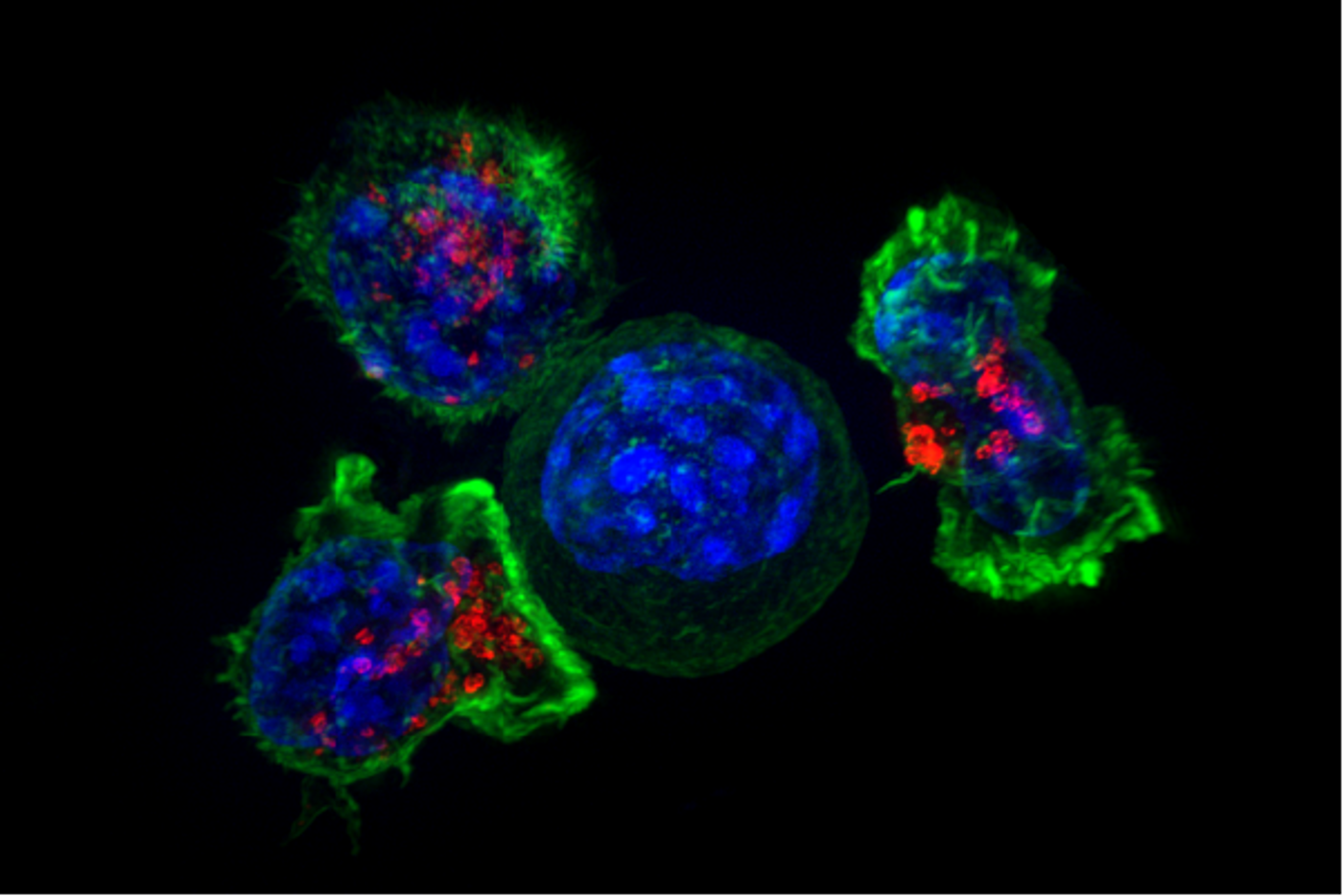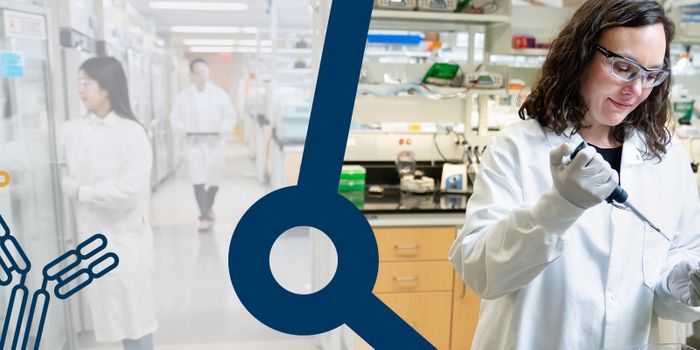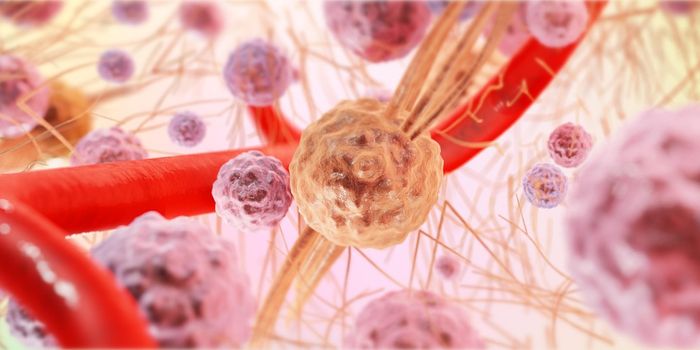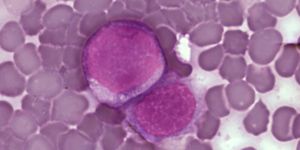Anti-Aging Techniques for T Cells: Fight Cancer, Prevent Inflammatory Disease
As we get older, we become increasingly prone to various diseases like cancer and heart disease, but why is that? A new study from the Gladstone Institutes points to the role of Cytotoxic T (Tc) cells, which are needed in the body to fight infections but become toxic with age. Published in the Journal of Experimental Medicine, new findings suggest two new drug targets to either remedy or manipulate the effects of Tc cell aging to prevent and fight disease.
Tc cells are a vital component of the immune system, responsible for killing virally infected cells, cancerous cells, or otherwise damaged cells. Over time, they lose two proteins: SIRT1 and CD28. And because of this loss, explained senior author Melanie Ott, "as these cells get older, they become more toxic to their environment.”
When a Tc cell is called into action during a pathogenic invasion, it transitions from using oxygen for energy to sugar, a process called glycolysis. However, reliance on sugar for energy is only a short-term solution. Plus, the loss of CD28 and SIRT1 only hastens the shift to glycolysis by altering the basic metabolism of Tc cells. Ott compares using oxygen versus sugar as running a marathon versus a 60-meter sprint. After losing the two proteins and transitioning to glycolysis, aging Tc cells are more likely to produce extra cytokines, potentially toxic proteins that can promote inflammatory disease.
The goal of the new study was to offset the process of accelerated aging, to help people with persistent viral infections, autoimmune diseases, and inflammatory diseases, as persistent viral infections such as HIV (human immunodeficiency virus) and CMV (cytomegalovirus) are known to accelerate the cellular aging process.
In their study, researchers isolated human Tc cells from blood donations and compared mature Tc cells to naive Tc cells. Not surprisingly, they found that naive cells have a higher concentration of SIRT1, which helps them resist transitioning to glycolysis for energy and prevents them from producing toxic cytokines.
These results lead scientists to two potential new drug targets to serve two very different purposes. On one hand, drugs could be used to manipulate the toxic effects of aging Tc cells to fight cancer, expediting the shift to glycolysis to direct the toxic aftermath to kill tumor cells.
Another approach is to instead boost SIRT1 levels in mature Tc cells to reap the anti-aging, non-toxic benefits experienced by the naive cells. This technique could help scientists prevent or at last slow down the development of age-related diseases.
First author Mark Y Jeng explains this approach could help particularly vulnerable populations to protect themselves from diseases: "It could also help people with a weaker immune system fight infections or better respond to immune vaccination, such as seniors or chronically-infected patients.”
Sources: Gladstone Institutes, Immunobiology: The Immune System in Health and Disease. 5th edition









